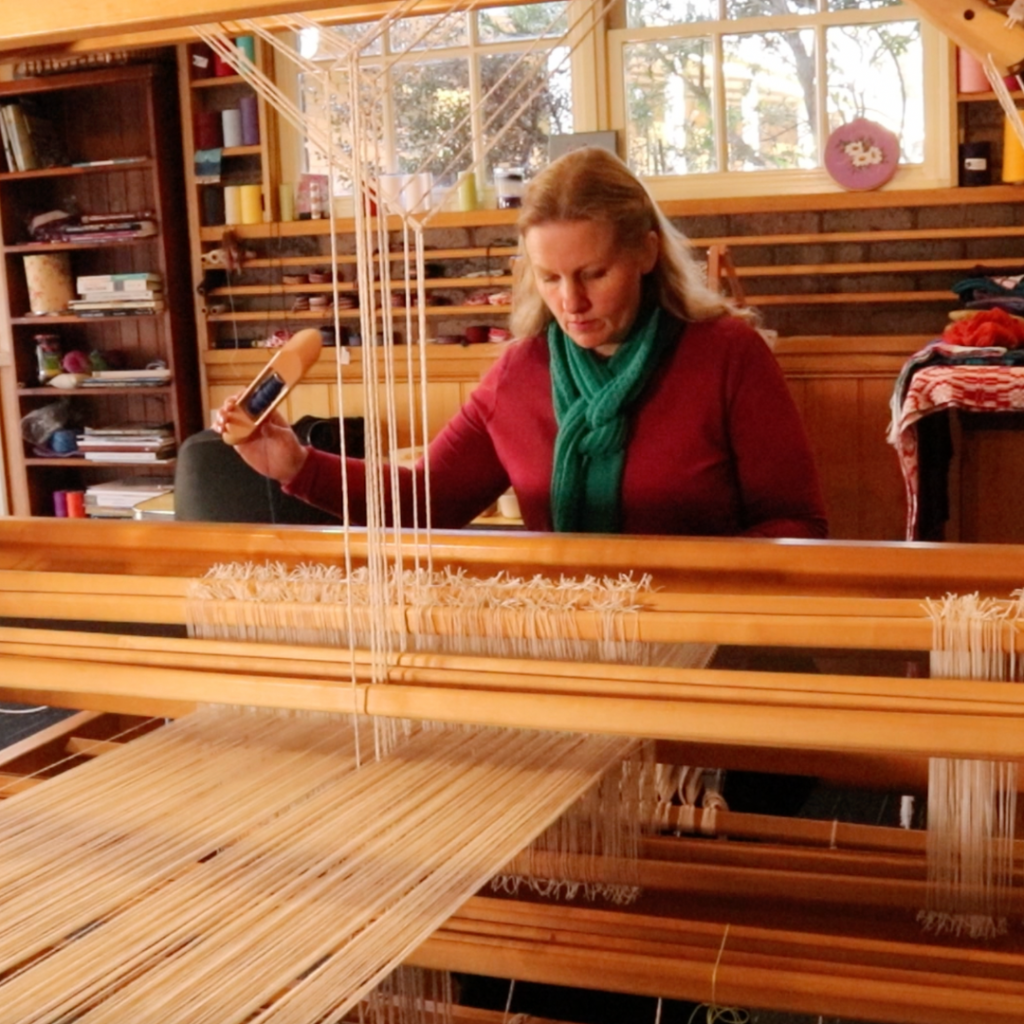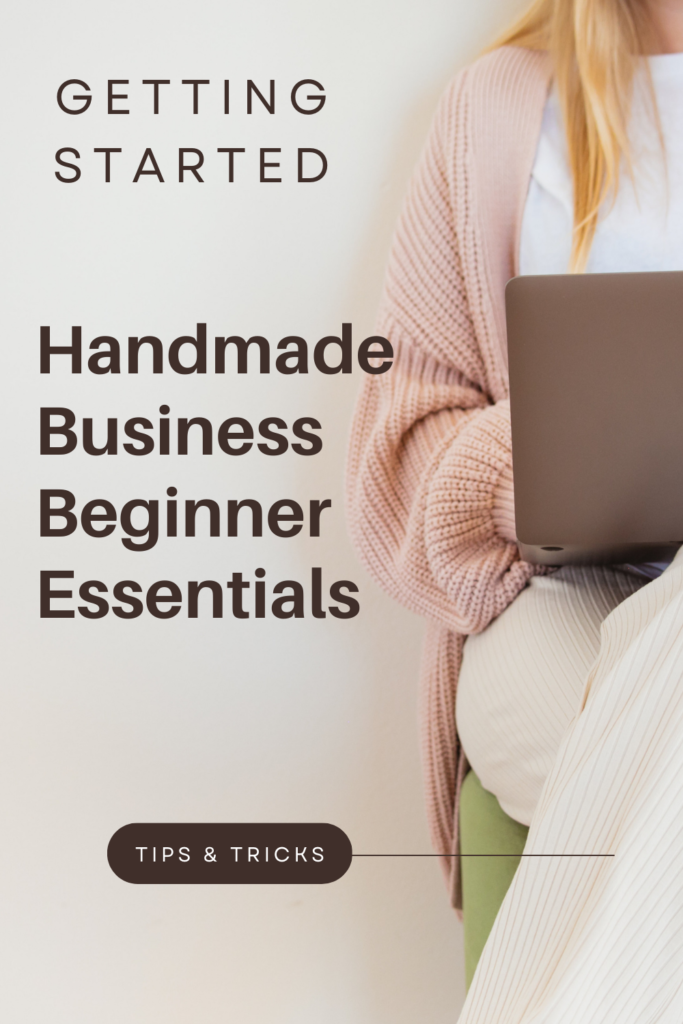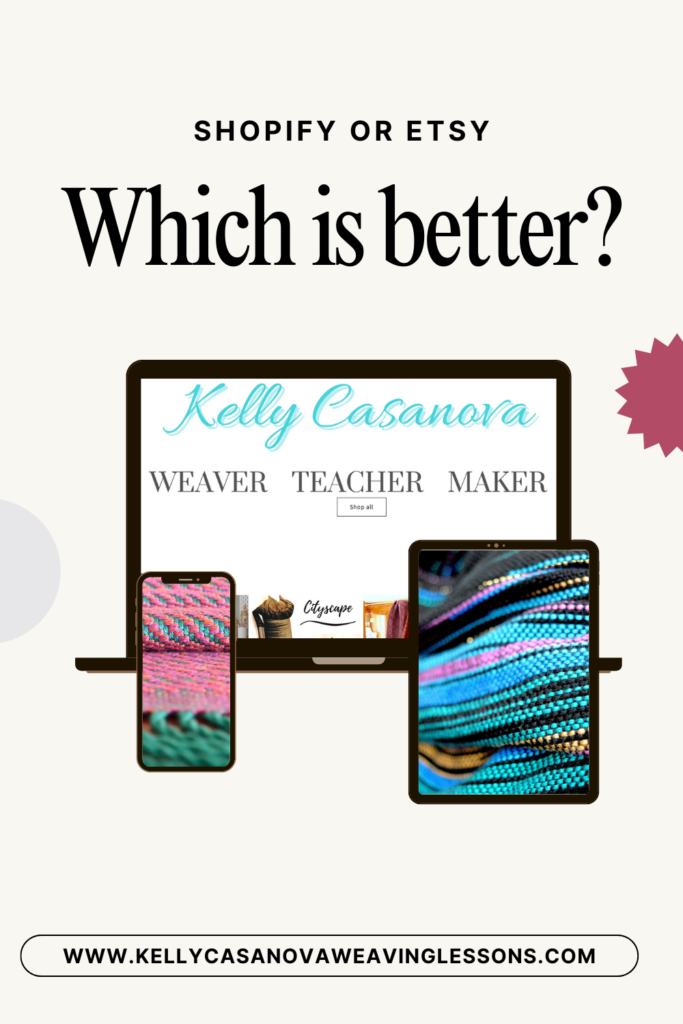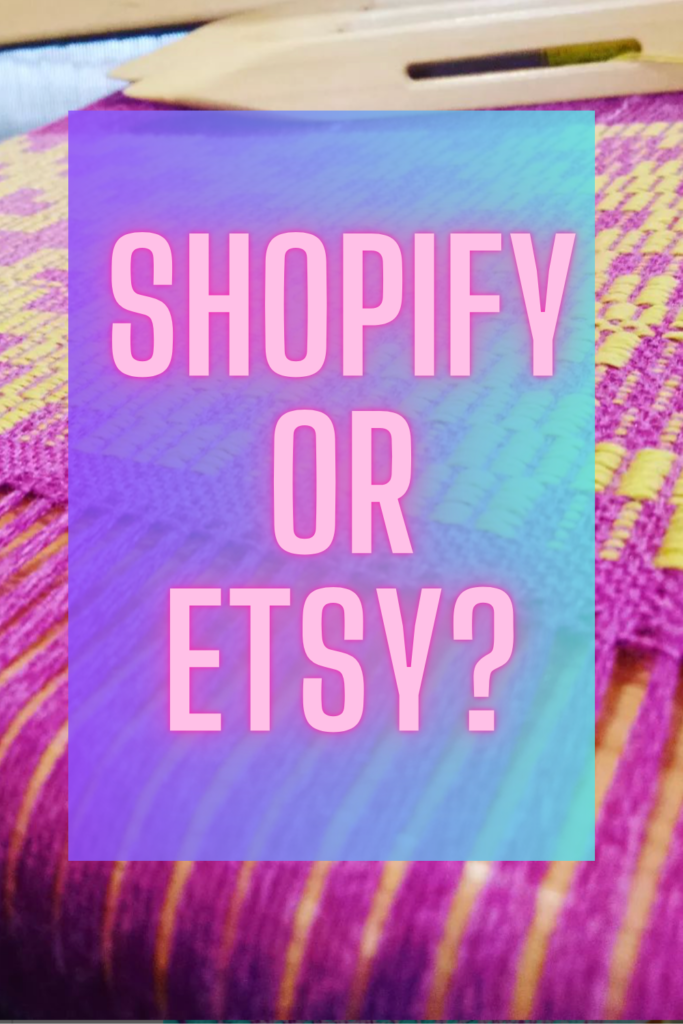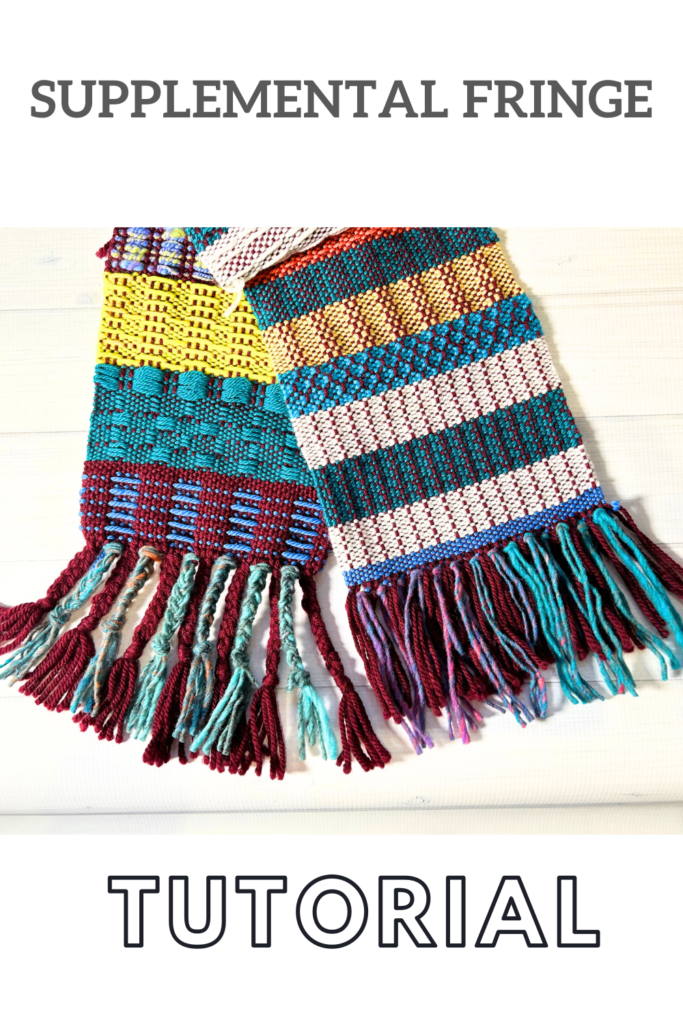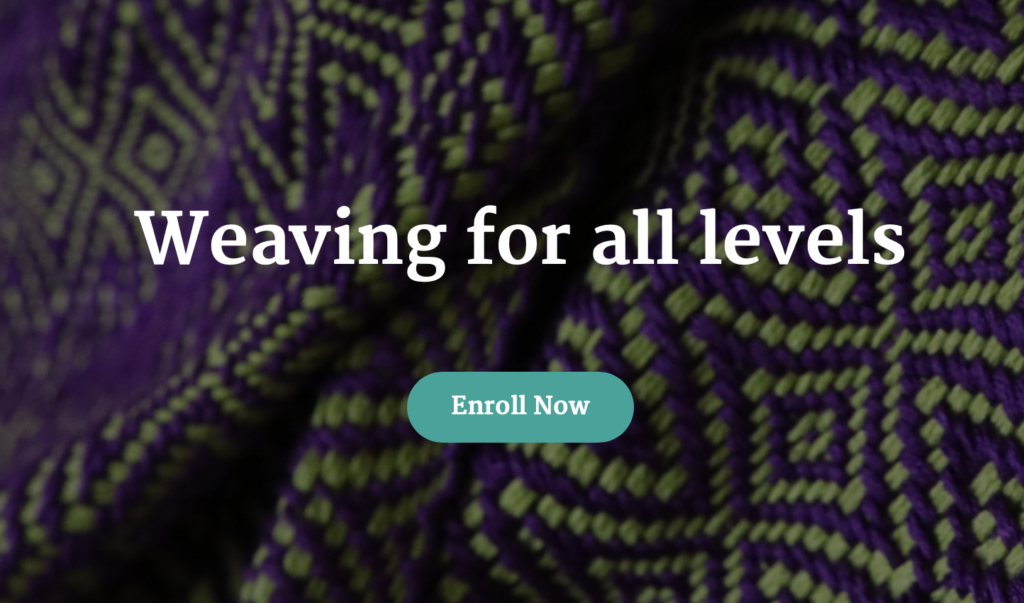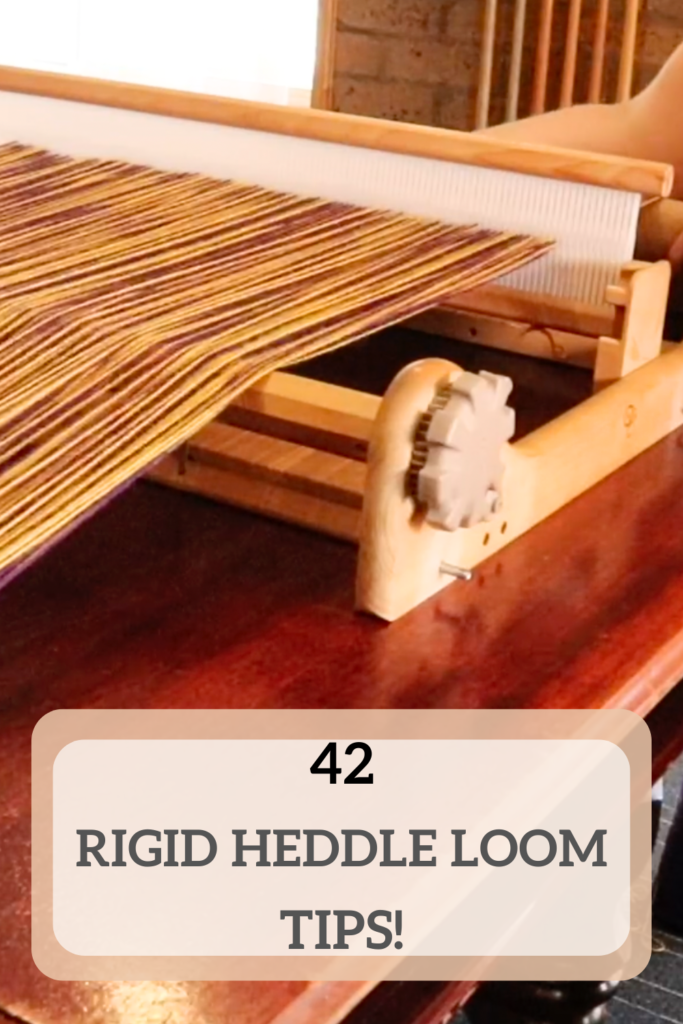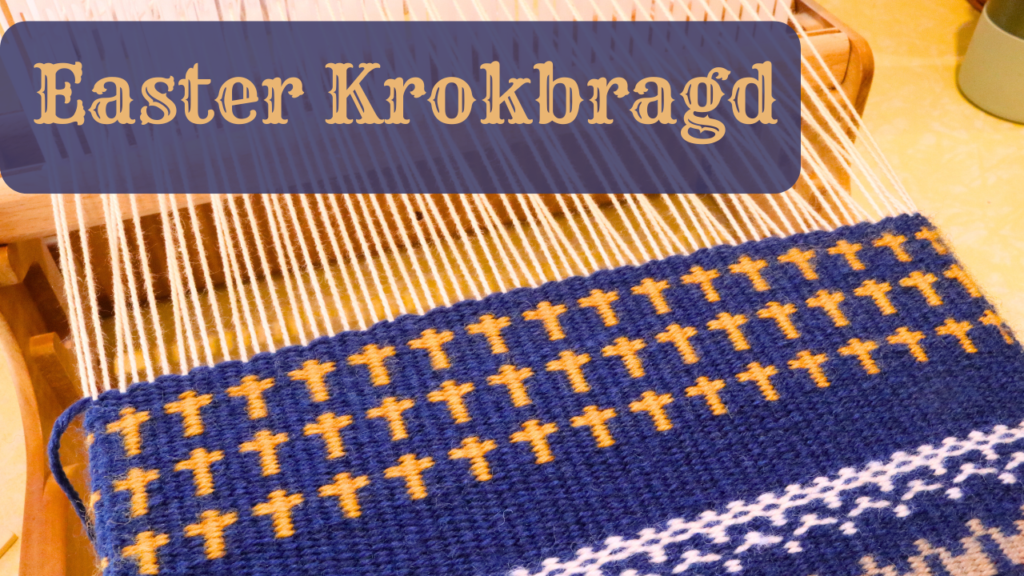Corn flake slice is one of those absolute classic grandma recipes.

I got my corn flake slice recipe from my mother in law and have used it so many times. It’s a real hit with children of all ages and was often featured in shearing sheds at smoko time.
One of the great things about a recipe like corn flake slice is that it’s so quick and easy to bake up with ingredients you are likely to have in your pantry already – no special shopping trips for fancy ingredients.

If you don’t have corn flakes in your home supply already, they are easy to come by and one of the most affordable cereals.
You will also want to have a basic slice tin (you might know it as a brownie pan). I find it well worth having this specific tin size, I use mine all the time.

Corn Flake Slice (very, very easy!)
Ingredients
- 125 grams butter
- 1 tablespoon honey
- 1 cup rolled oats
- 1/2 cup white sugar
- 1 cup cornflakes
- 1 cup desiccated coconut
Instructions
- Preheat oven to a moderate (around 180 degrees celsius or 170 fan forced).
- Melt butter and honey together.
- Add to mixed dry ingredients.
- Place in a shallow slice tin, press to even and flatten out a little.
- Bake in the oven until golden brown (about 15 minutes) and leave in tin to cool.
- Turn out and cut into squares.
It’s important to let your slice cool completely before cutting so that it hardens and holds together. Store in an airtight container.
I hope you enjoy this vintage recipe that was handed down to me.
Happy Baking!
This post contains affiliate links. For more information please see my disclosure policy.

